Understanding VAT Partial Exemption Scheme for Small Businesses

With the UAE introducing VAT from 1 January 2018, there are a number of advanced topics contained in the GCC VAT Framework, which was released in May 2017. These rules will affect small to medium sized businesses and they will need to understand them, in order to apply them accurately. We will be dissecting these topics over the course of the year but in this article we will discuss the scheme called partial exemption.
As the Ministry of Finance have not yet released the anticipated VAT law, detailed guidance on partial exemption is yet to be released, however according to the GCC VAT Framework, there are concessions in the document which allude to this system to be enacted once the VAT Law is released. As a result, we will be looking at a similar type jurisdiction such as the EU VAT system to understand how this would be implemented.
To understand partial exemption, one must understand the basic concepts such as standard rated, zero-rated and exempt. These have been discussed in previous articles but the key point to understand in this context is that for standard rated and zero rated supplies, all input VAT paid can be recovered whereas a business that provides exempt supplies only, cannot reclaim the input VAT paid. The question now is what happens if a business has a mix of standard/zero rated and exempt supplies? Can they recover all input VAT or are they not allowed to recover any input VAT at all? The partial exception rules address this situation.
Under the EU VAT regime, the normal method of running a partial exemption scheme is to measure the amount of exempt and standard/zero rated supplies the business makes for a given period, which is usually for one year. If for example the split is 50:50 then 50% of the input VAT can be claimed against the output VAT paid and the remaining 50% input VAT cannot be claimed. The tax authorities usually review this for a period of around 12 months and if the mix changes, then a new proportion calculation is recovered.
Another method also used in the EU is that of the de-minimis method. Here a business which has a mix of exempt and standard/zero rates supplies reviews the potential amount of input tax claimed in a year. If the total amount of input tax is lower than approximately $15-20,000 per annum, then that business would be allowed to recover all input VAT so long as the annual limit is not breached. This method is mainly for small and medium sized businesses to reduce red tape.

.webp)

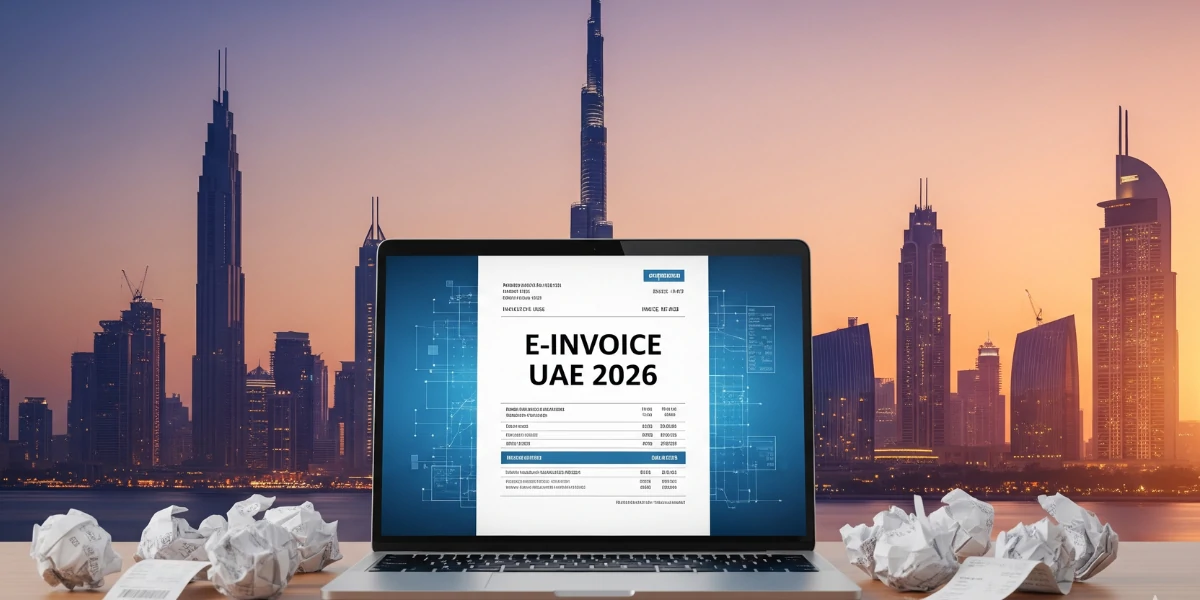





%20Widgets%2C%20Shortcuts%20%26%20Customisation.jpg)

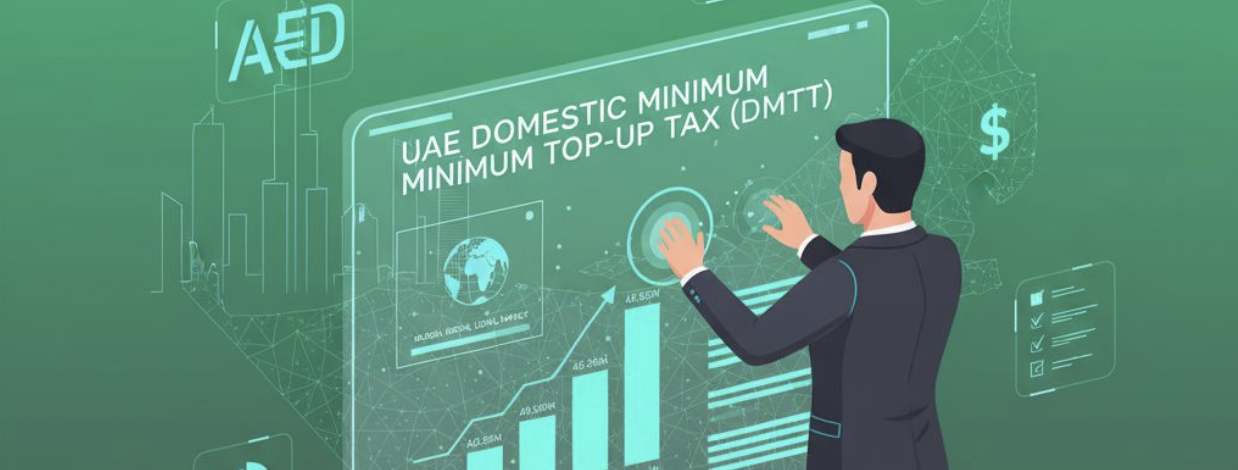
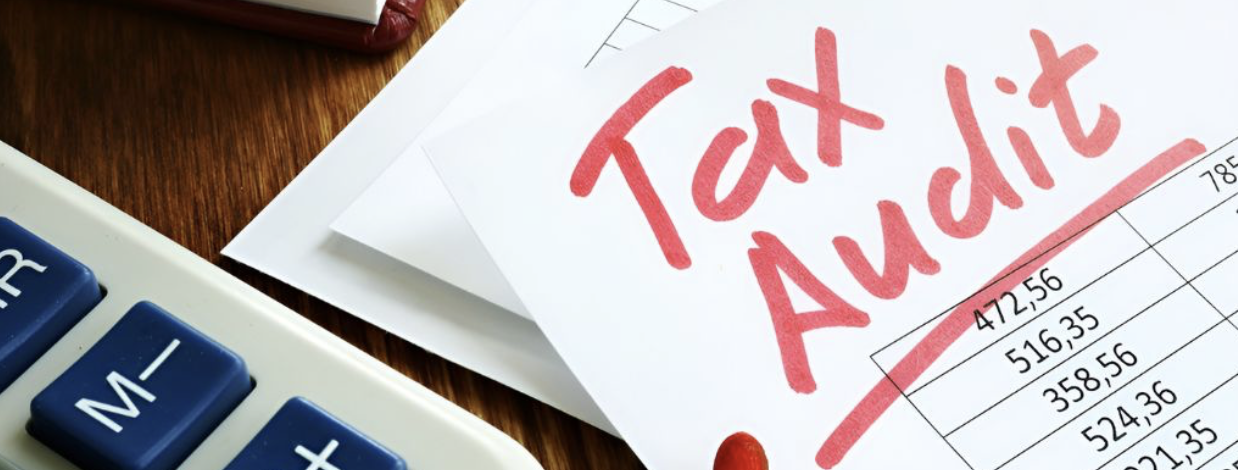


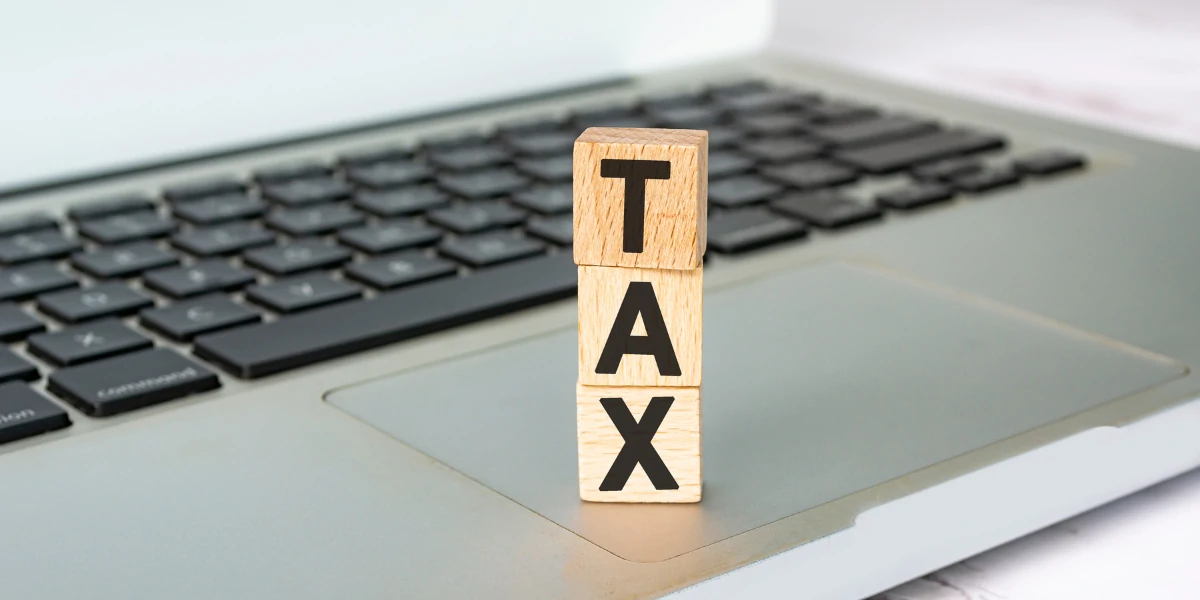
.webp)
.webp)
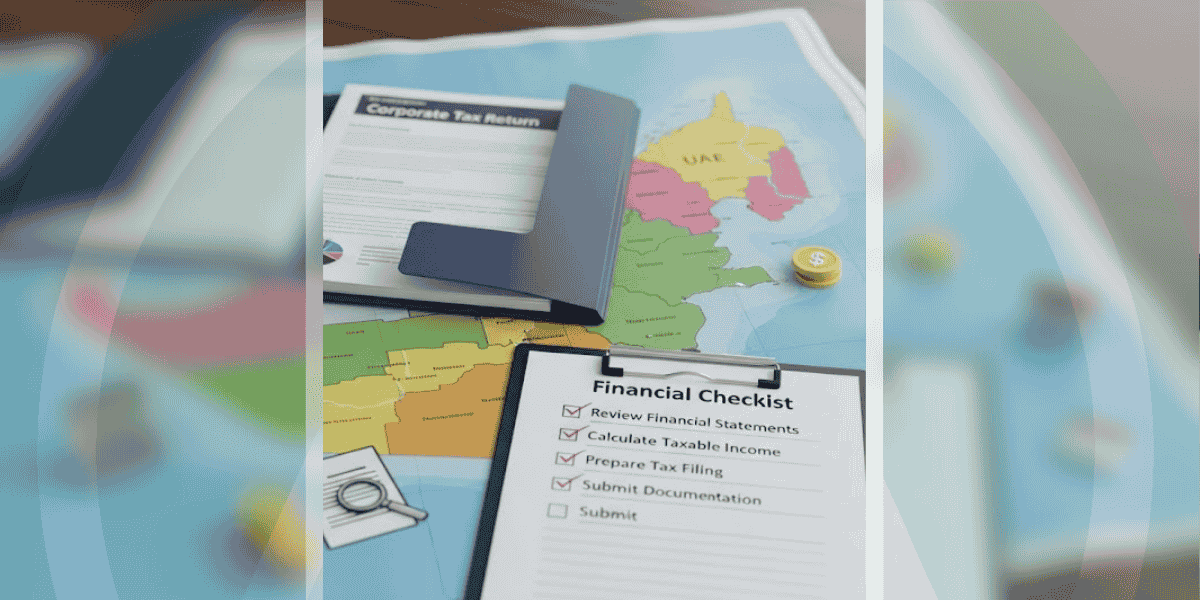
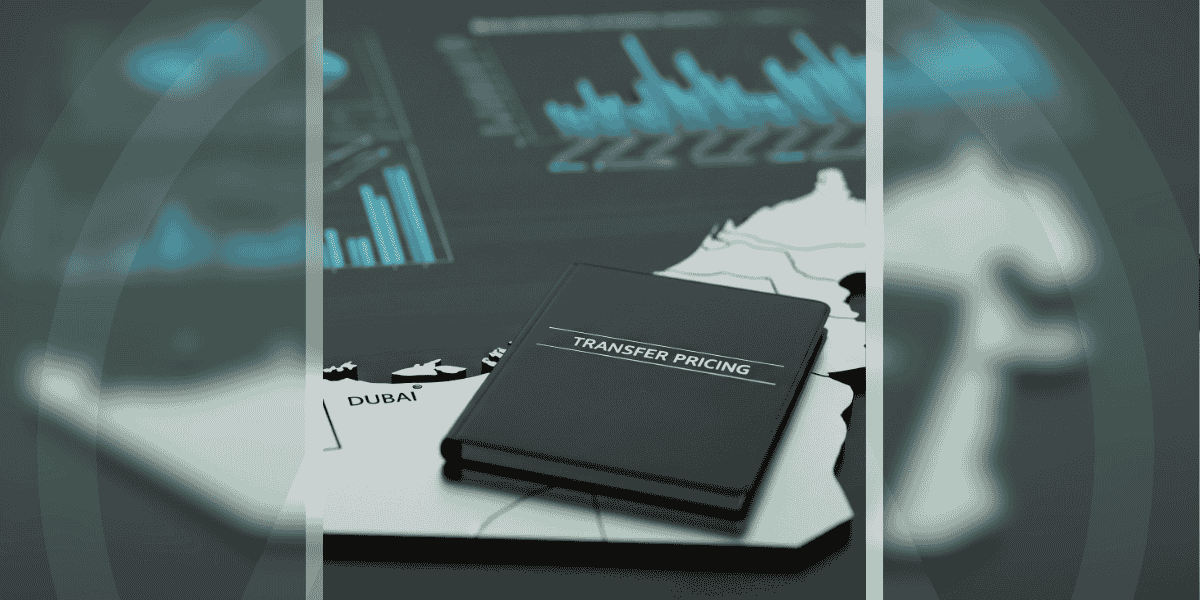
.png)
.png)
.png)
.png)
.png)
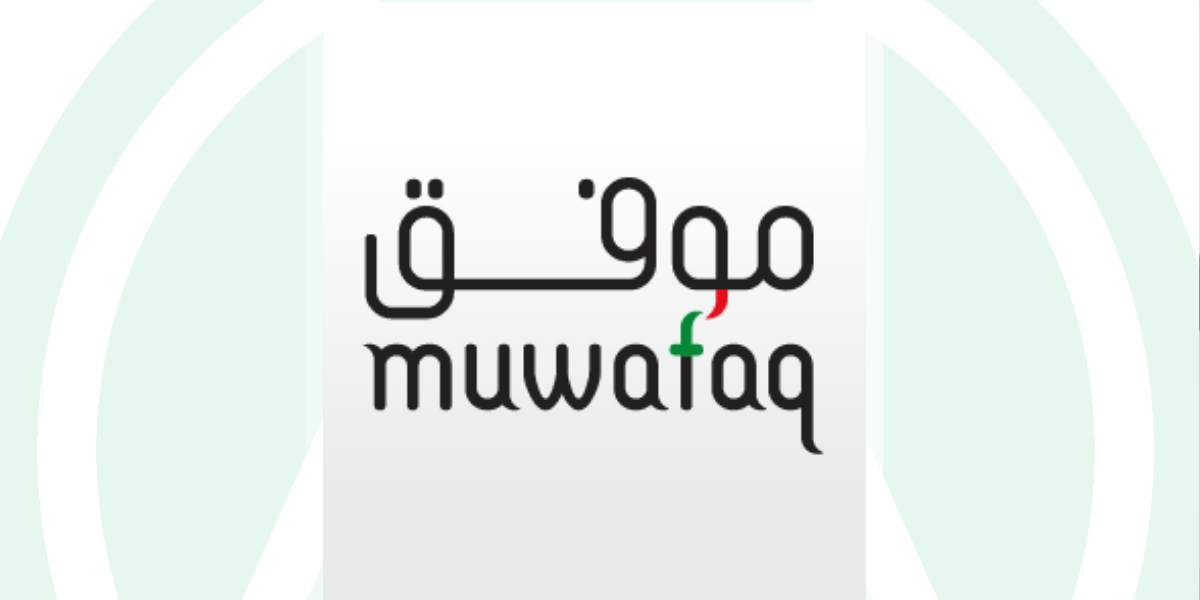
.png)
.png)



.png)
.png)





.jpg)


.jpg)




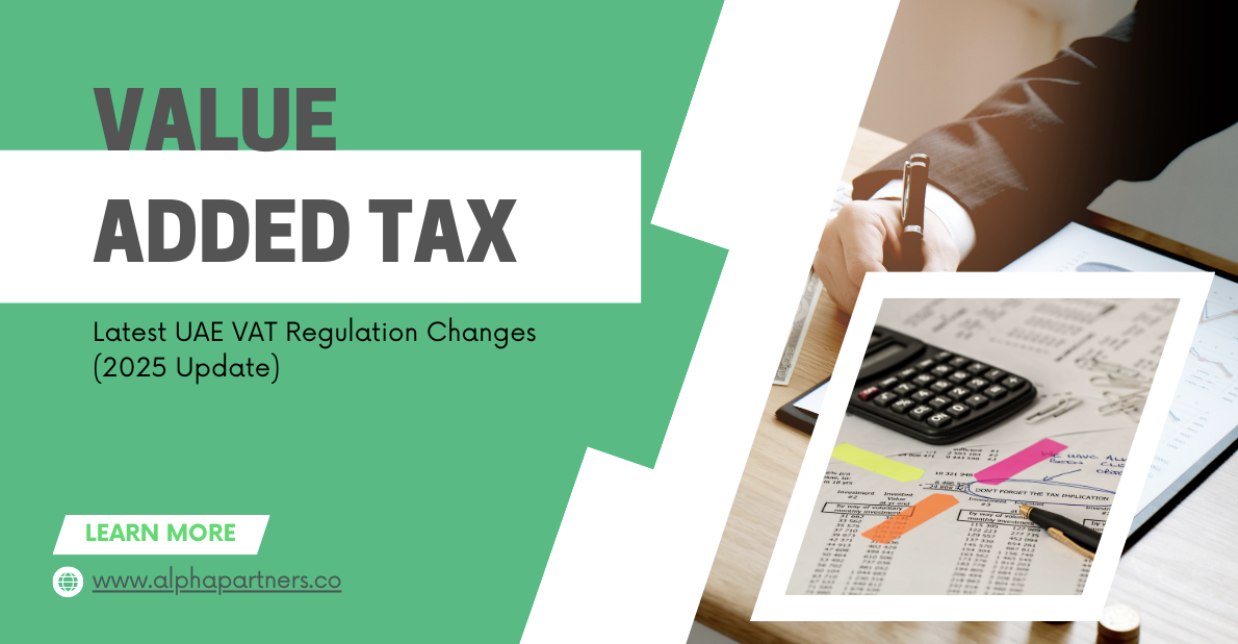
.png)
.png)






.png)


